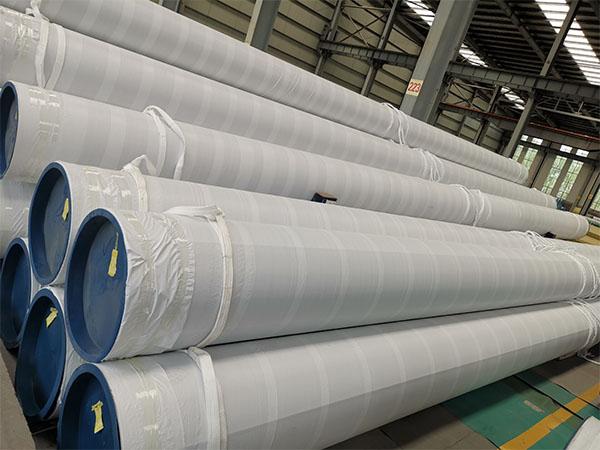Stainless steel pipes are widely used in fields such as chemical engineering, petroleum and natural gas, food processing, pharmaceuticals, water treatment and architectural decoration due to their excellent corrosion resistance, strength and aesthetic appeal. Under different standards, the chemical composition, mechanical properties and dimensional tolerances of stainless steel pipes all vary. Next, I will introduce in detail the main
standard specifications of stainless steel pipes and the key points of their application in actual engineering.

1. ASTM/ASME standards (American standards)
STM A312: Industrial-grade austenitic stainless steel seamless and welded pipes suitable for high-temperature and highly corrosive environments, widely used in the chemical, power and other industries.
ASTM A213: Specification for Seamless Alloy tubes for Boilers and heat exchangers.
ASTM A269: Seamless and welded austenitic stainless steel pipes for general purposes.
ASTM A358: Standard for Electric Fusion Welded (EFW) pipes, for high-temperature and high-strength applications.
ASTM A554 / A511: Specification for stainless steel tubes for mechanical structures (welded or drawn).
ASTM A270: Seamless and welded austenitic stainless steel tubes.
ASTM A409: Large-diameter austenitic welded steel pipes for corrosive or high-temperature applications.
ASTM A451: Centrifugal cast austenitic steel tubes for high temperature.
ASME B36.19: Dimensions and Wall thickness standards for Stainless steel pipes (corresponding to the Pipeline Schedule system)
2.EN (European Standard)
EN 10216 series: Specification for seamless steel tubes for pressure purposes.
EN 10217 series: Specification for welded steel pipes for pressure systems.
In places like Singapore, the technical delivery conditions for non-alloy steel pipes are regulated through standards such as SS EN 10255:2013.
3. DIN (German Standard)
Common standards include DIN 17456 (Seamless austenitic stainless steel tubes for general purposes) and DIN 17457/58/59 (tubes for special requirements welding or high-temperature use).
4. JIS (Japanese Industrial Standard)
JIS G3459: Stainless steel pipes for industrial piping (corrosion-resistant, high and low temperature resistant service);
JIS G3463: Stainless steel tubes for boilers and heat exchangers;
JIS G3468: Specification for Large Diameter Welded Stainless Steel pipes.
The main and common standards are as follows:
ASTM systems: A312, A269, A358, etc., are often used in industrial piping, pressure systems, and high-temperature corrosive environments.
EN system: EN 10216 / EN 10217, stainless steel pipes for pressure applications.
DIN system: DIN 17456/17457, etc.
JIS system: G3459 / G3463 / G3468, covering applications such as industrial boilers.
Wall thickness and piping system
ASME B36.19 defines the standard dimensions and Schedule (Wall thickness System) of stainless steel pipes.
Common schedules include: 5S, 10S, 40S, 80S, 160, XXS. Among them, "S" stands for Stainless (stainless steel).
Those with higher schedules have greater wall thickness and can withstand higher pressure, but correspondingly, their weight and cost both increase.
For environments with high chloride content or strong corrosiveness, 304 May still be affected by media such as salt water. In such cases, higher alloy grades like 316 and 904L should be considered.
Attention should be paid to issues such as flow velocity, pressure and noise in the pipeline in the design (it is recommended not to exceed 3 m/s or 10 ft/s, and even lower for general civil systems).
Read more:ERW carbon steel pipe standards
